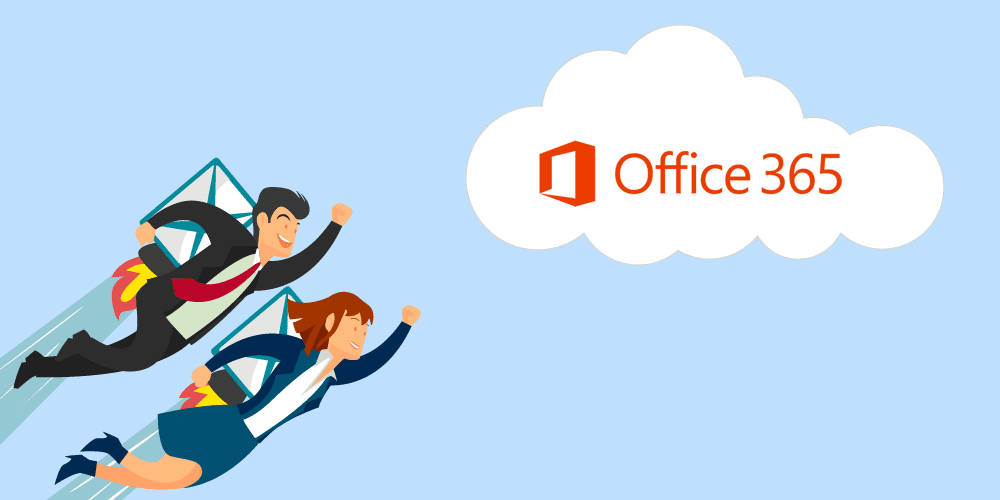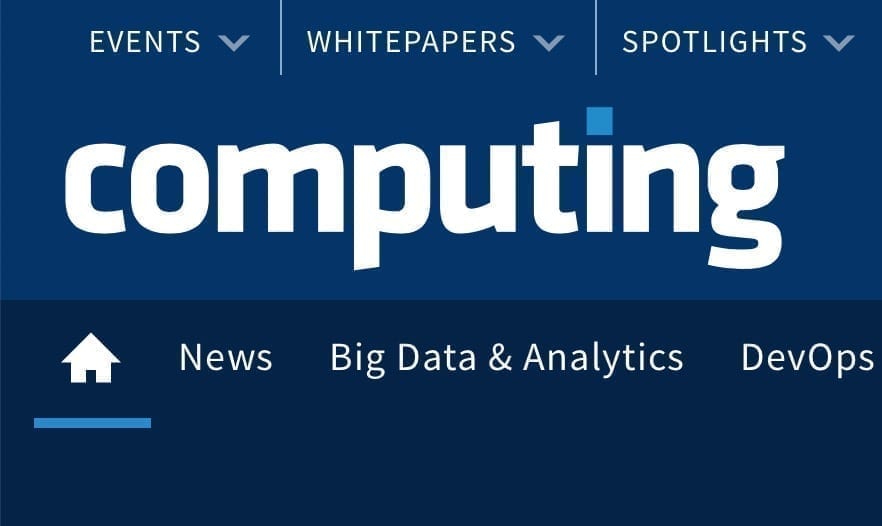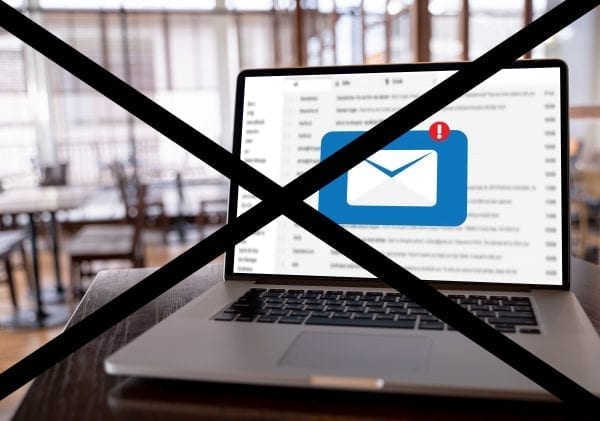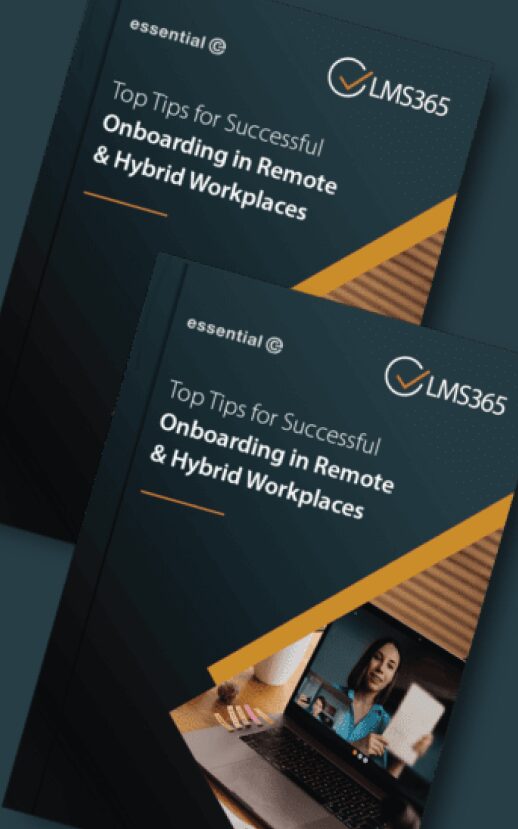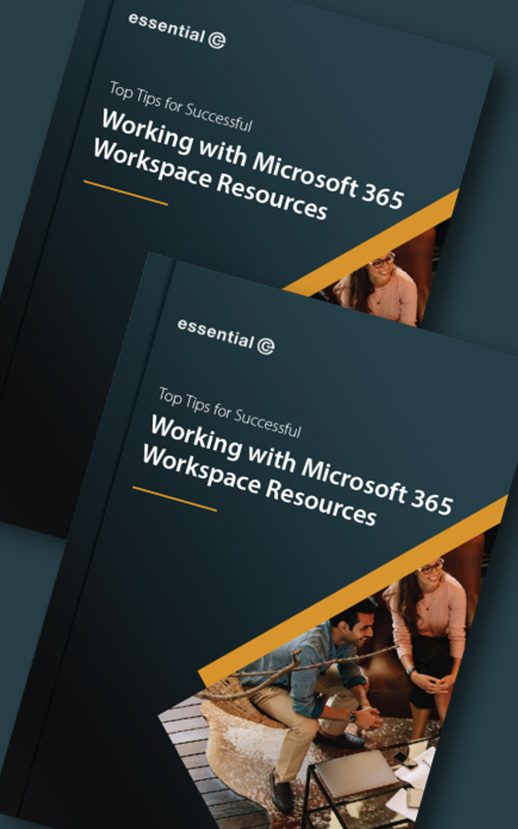Although an archive might be something the IT department would prefer to put on a tape and forget about, most email archives need to be ‘kept alive and kicking’ over period that could extend well beyond our retirement – or our next job move!
At the extreme end of the scale, Child Services related records – including those in email form – must be retained by UK Government bodies until the person’s 75th birthday. Imagine that!
Even if you don’t have a legislative reason to retain and discover emails, there’s usually a whole bunch of business and productivity reasons you need to ensure archives are reliably maintained and readily accessible for staff – and for a longer time than you bargained for.
So it’s no surprise that an enterprise will need to tackle at least one archive migration – possibly several – before the emails in question reach the end of the road (that’s if someone wants to take responsibility for pressing the delete button).
In fact Essential has already migrated more than a handful of customers twice – we even have several ‘three timers’ – within a span of 7 years. More recently this includes law firm Ashfords.
The drivers behind multiple jumps can be down to whole range of scenarios, including:
- CHANGING CIRCUMSTANCES – For example, customers have found themselves needing to move on from technically sound solutions that have unfortunately ‘fallen by the wayside’ following vendor acquisitions or lack of vendor focus.
- OVER-OPTIMISM – Some customers have been tempted to take advantage of increased storage capacity in newer versions of Exchange. Where this can be successful, the lack of single instancing and ‘re-hydration’ effect as emails get moved ‘back to where they came from’ can lead to a bout of archive indigestion (triggering a return to a dedicated archive).
- STORAGE RE-FRESH – Extricating archives from high-end specialist storage devices and end-of-life storage devices (EMC Centera fits both categories) is a common request and very justifiable in the face of spiralling storage costs. Being able to physically retrieve from the storage you may have purchased a decade ago is also important – we even had one customer whose disks had started to rust.
- FINANCIAL ATTRACTION – Even a recent re-vamp of an on-premises archive can be ousted in favour of a pay-as-you-go cloud model if that is what the FD desires.The good news is that from an accounting perspective, most assets – including software – are depreciated of period of 3 or 5 years, so relatively frequent switching to a new long term email storage platform is not the end of the world. Similarly, newer archive systems and storage platforms tend to have lower overheads.
What needs to be accounted for, however, is the cost and complexity of switching to the replacement (i.e. migration).
I recall the time we moved house just a few doors down the street. To save costs we decided to move ourselves – it was such a short distance for Pete’s sake.
The reality was that my partner lost 2 stones in the process of our DIY move. I guess you could say that, in that respect, our strategy to cut costs paid off. But never again.
When you’re planning a move you need to plan in removal costs from a reputable firm that will ensure everything makes it successfully to the new destination, quickly, intact and fully accounted for.
This is all part of good information governance that should be adhered to throughout the lifecycle of your corporate records.
PS – If you’ve moved your archives into Office 365, it’s highly likely that this won’t be the ‘final destination’ for your email records. Anything can (and often, will) happen that could mean a re-location of your data. The good news is that extracting your data out of Office 365 should be a lot easier….


